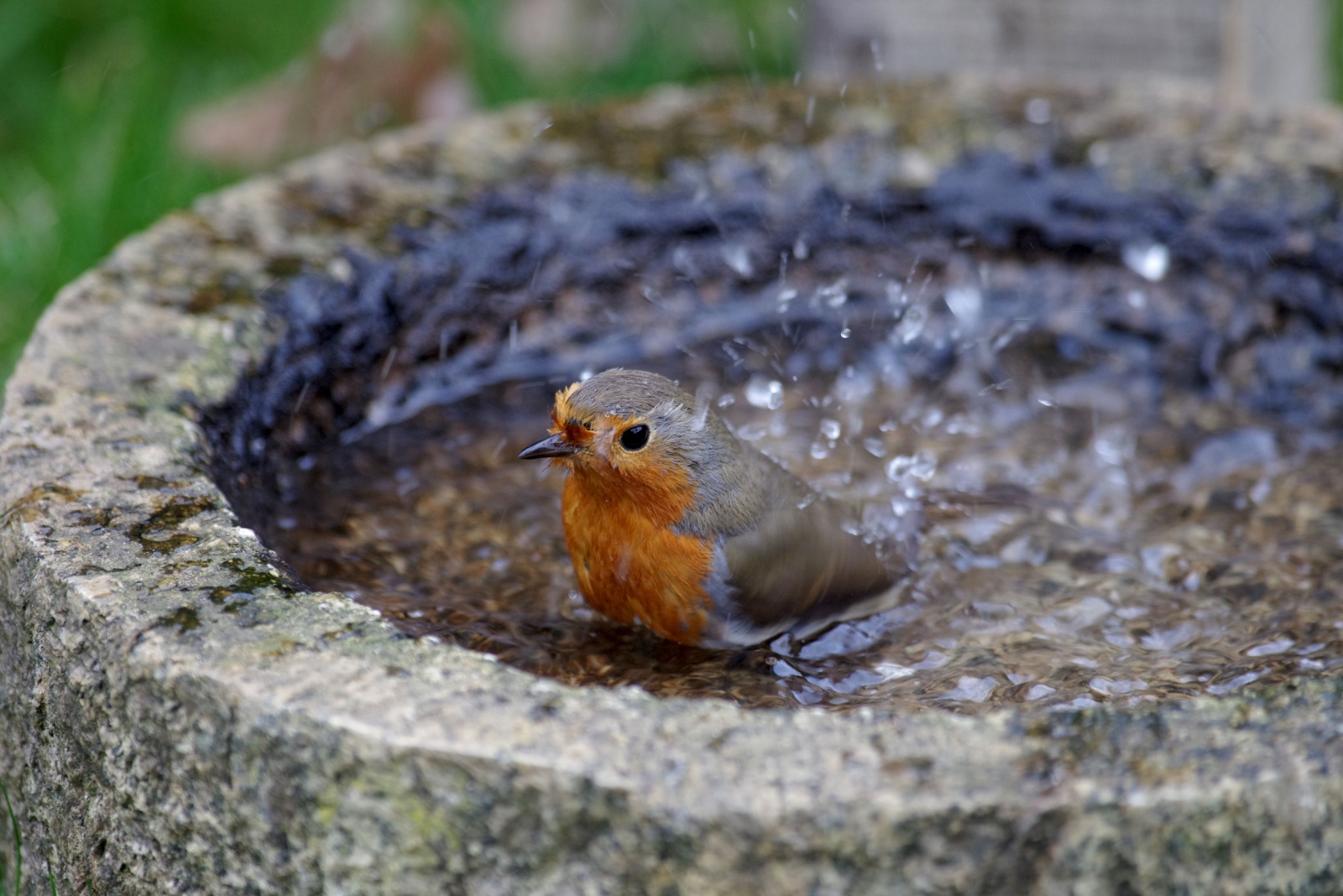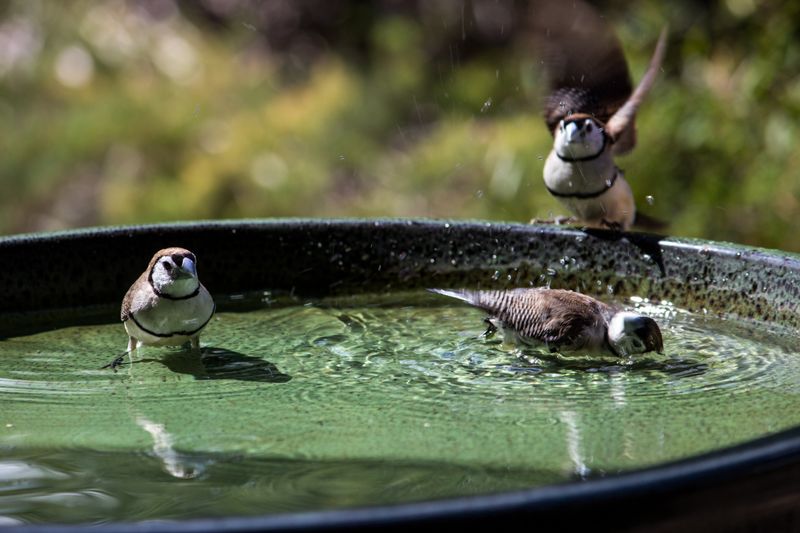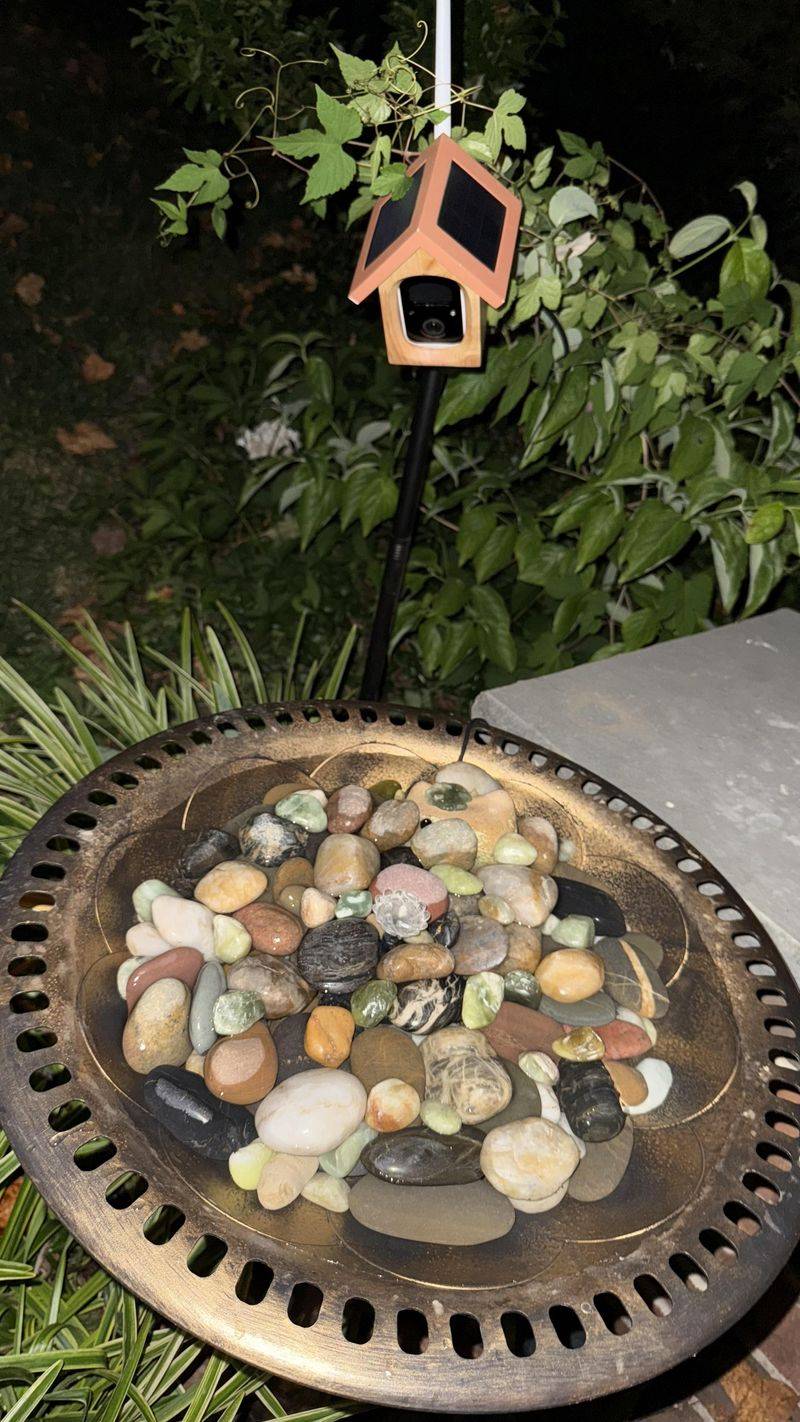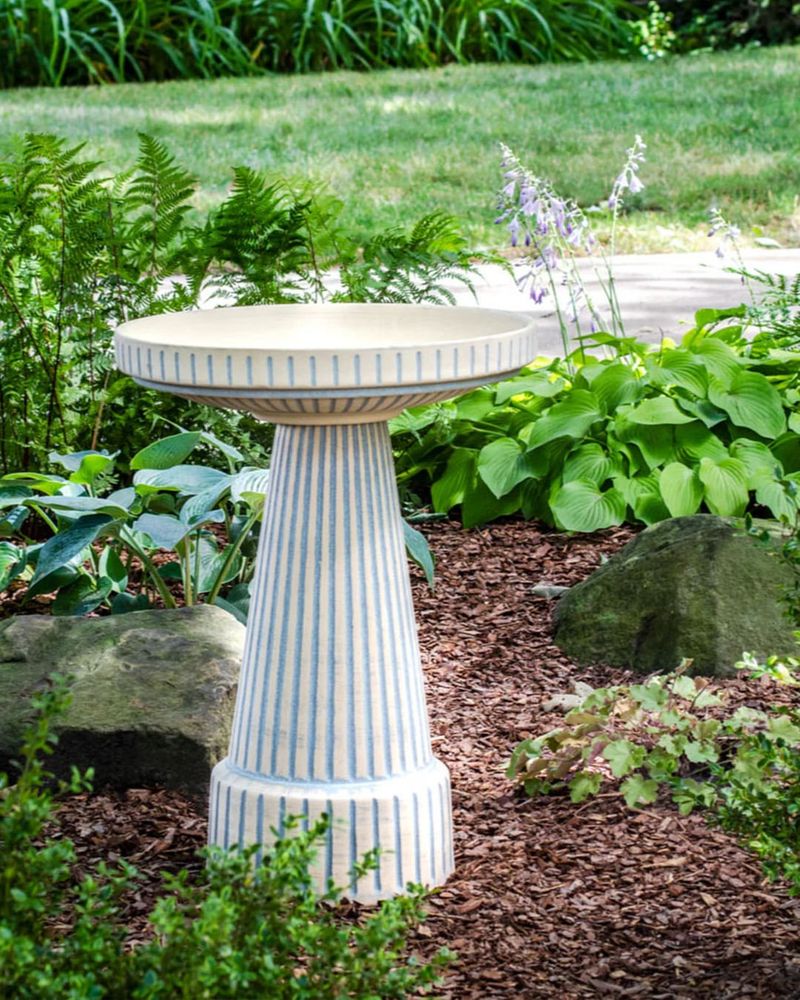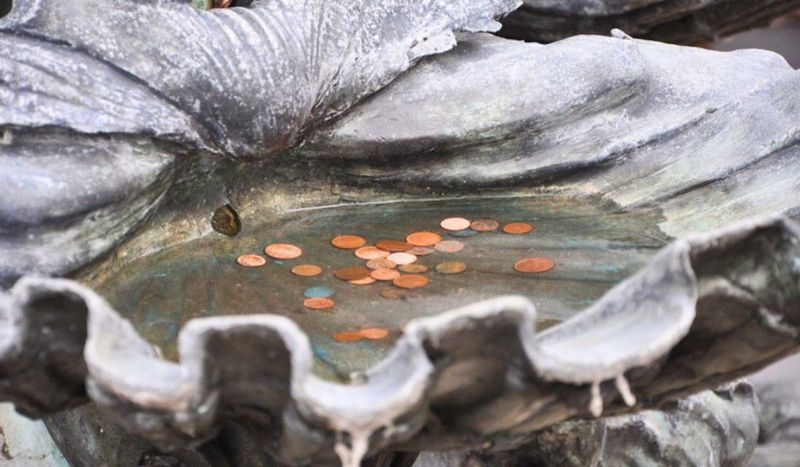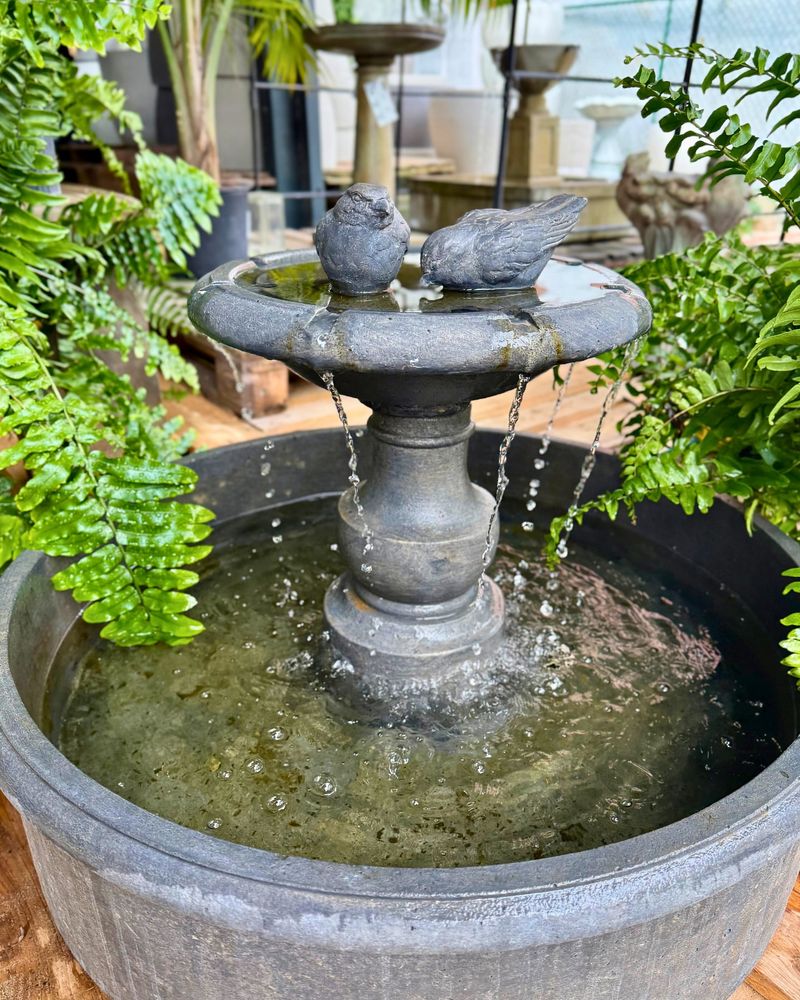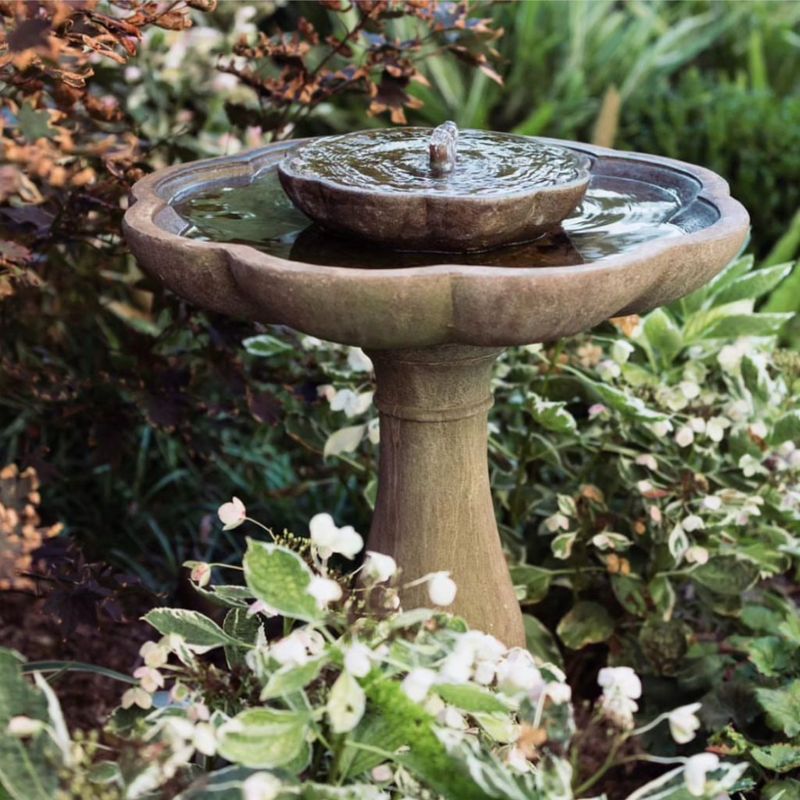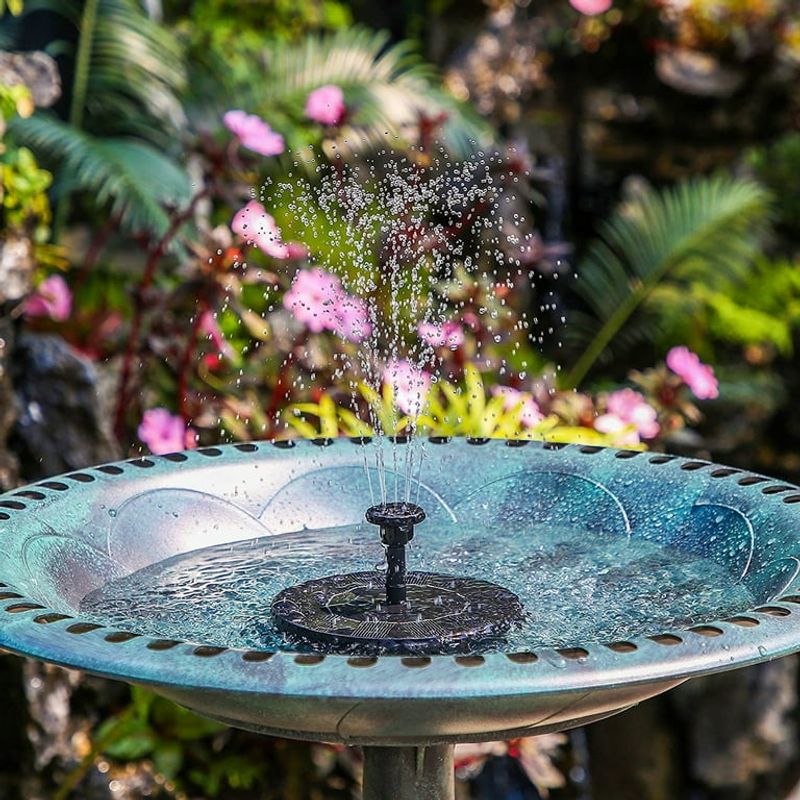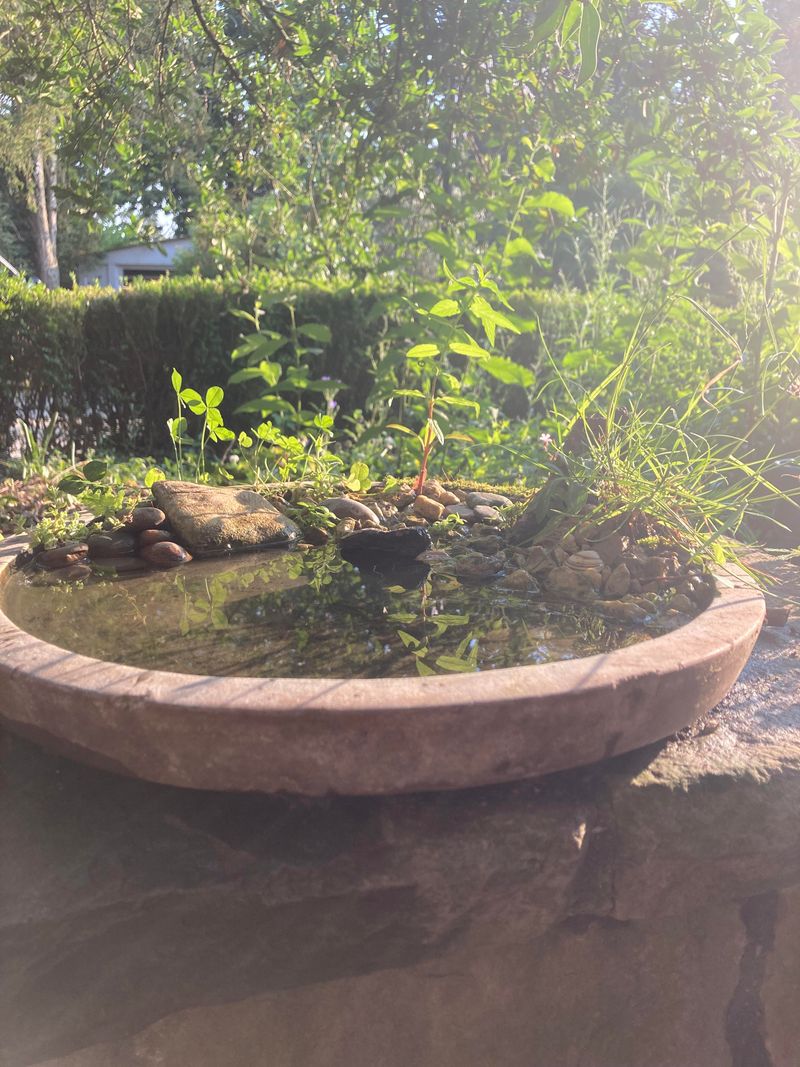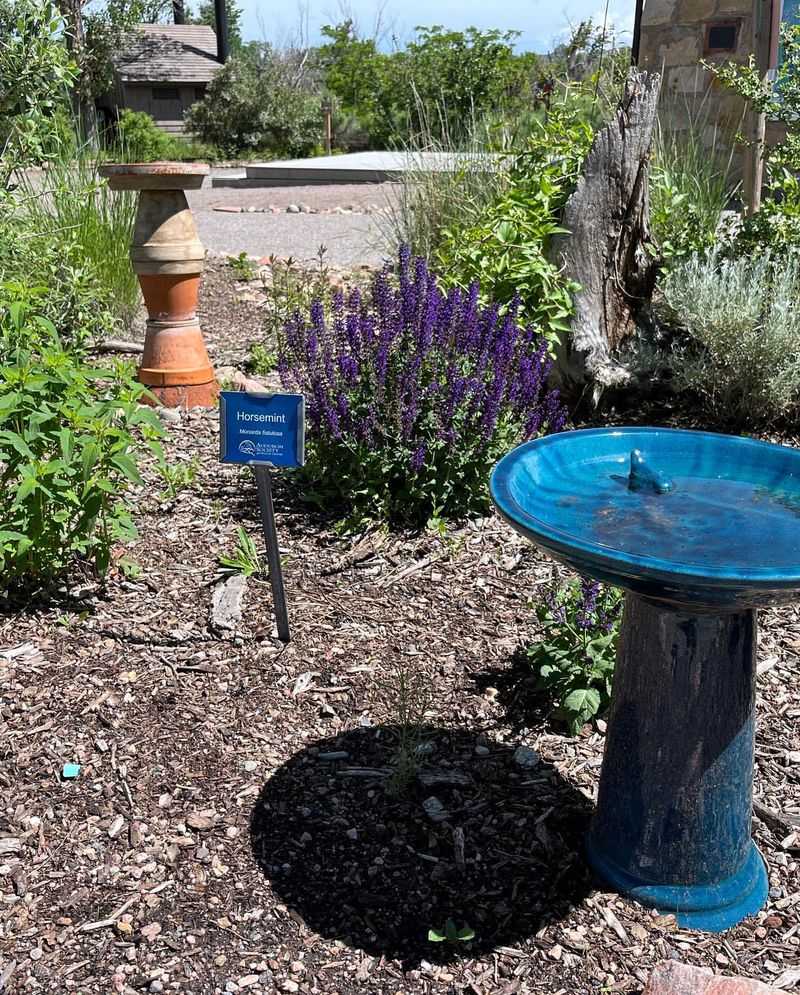Washington state gardens can be havens for local birds, but many gardeners unintentionally make their birdbaths unwelcoming. From Western Tanagers to Steller’s Jays, our feathered friends have specific needs that, when overlooked, send them flying elsewhere.
Understanding these common birdbath mistakes can transform your garden into a bustling bird sanctuary that showcases Washington’s diverse avian population.
1. Too-Deep Water Levels Causing Bird Anxiety
Birds avoid deep water that feels unsafe. Most Washington species, especially smaller ones like chickadees and juncos, prefer shallow bathing spots where they can touch bottom.
Add flat stones or pebbles to one side of your bath, creating a gentle slope from very shallow to moderately deep. This natural shoreline effect mimics the puddles and stream edges birds use in Washington’s forests.
The ideal depth at the shallow end should be just 1/2 inch, gradually increasing to no more than 2 inches at the deepest point.
2. Slippery Surfaces Making Bathing Dangerous
Glazed ceramic or smooth plastic birdbaths might look attractive in your garden, but they create treacherous conditions for birds. Their claws can’t grip these surfaces, causing falls and discouraging return visits.
Rough-textured concrete or stone baths provide much better footing. For existing smooth baths, add a thin layer of small river rocks or aquarium gravel to the bottom.
Many Washington gardeners find that birds particularly enjoy baths with natural textures similar to the rocky streambeds found throughout the Cascade region.
3. Poor Placement Near Predator Hiding Spots
Many Washington gardens feature dense shrubs that cats and other predators use to ambush bathing birds. Positioning your bath too close to these hiding spots virtually guarantees birds will avoid it.
Place your birdbath at least 10-15 feet from dense shrubs while still providing a clear escape route to nearby branches. A bath with good visibility in all directions helps birds feel secure.
In my Seattle garden, moving the bath to an open area with scattered native serviceberry shrubs nearby created the perfect balance of safety and quick cover.
4. Neglecting Regular Cleaning Routines
Stagnant, dirty water becomes a breeding ground for harmful bacteria and mosquitoes. Birds can sense contaminated water and will avoid baths that haven’t been maintained, even in our rainy Washington climate.
Empty and scrub your birdbath every 2-3 days using a stiff brush. Avoid chemical cleaners; instead, use a solution of nine parts water to one part white vinegar for natural disinfecting.
During summer in Eastern Washington, where temperatures regularly exceed 90°F, daily cleaning might be necessary as algae grows faster in the intense sunlight.
5. Forgetting to Provide Moving Water
Still water doesn’t catch birds’ attention like moving water does. The sound and sparkle of rippling water acts as a natural bird magnet, something I’ve observed repeatedly in my Olympia garden.
Add a simple solar fountain or dripper to create movement. Even a plastic bottle with a tiny hole suspended above the bath can create enough drips to attract birds from surprising distances.
During Washington’s dry summer months, the sound of water becomes especially attractive to local birds like Varied Thrushes and Townsend’s Warblers searching for reliable water sources.
6. No Shade Protection During Hot Weather
Washington summers might be mild compared to other regions, but exposed water in direct sunlight quickly becomes too hot for comfortable bathing and drinking. Birds avoid overheated water that can reach dangerous temperatures.
Position your bath where it receives morning sun but afternoon shade. Consider planting native vine maples or installing a simple awning if natural shade isn’t available.
For my birdbath in Bellingham, I added a cluster of native columbine and bleeding heart plants nearby that provide dappled shade while attracting hummingbirds and butterflies too.
7. Inconsistent Water Supply Frustrating Birds
Birds establish routines around reliable water sources. An empty birdbath disrupts these patterns, causing them to seek more dependable options elsewhere in your neighborhood.
Install an automatic waterer or bird bath dripper system that maintains consistent levels. During Washington’s occasional freezing periods, a simple heated birdbath can provide rare unfrozen water that attracts diverse species.
I’ve found that maintaining water availability throughout our dry August and September brings in not just resident birds but migrating species passing through Washington on their way south.
8. Lack Of Nearby Perching Spots
Birds prefer to inspect water before committing to a bath. Without convenient perches nearby, they can’t perform their safety check and will likely bypass your bath entirely.
Add several branches at different heights within 3-10 feet of your birdbath. Native Washington plants like oceanspray or red-flowering currant provide natural perches plus food benefits.
In my Tacoma garden, I positioned several smooth river rocks around the bath’s edge, creating perfect spots for smaller birds like juncos to pause before entering the water.
9. Isolated Birdbath Without Supporting Habitat
A lone birdbath without complementary garden features won’t attract the diversity of birds Washington gardens can potentially host. Birds seek complete habitat packages, not just water.
Create a complete bird-friendly zone by adding native seed-producing plants like Douglas aster and snowberry near your bath. Add conifer branches for shelter and perching options characteristic of Washington landscapes.
After enhancing the area around my birdbath with salal, Oregon grape, and native ferns, I noticed a dramatic increase in both the number and variety of birds visiting my Snohomish County garden.

